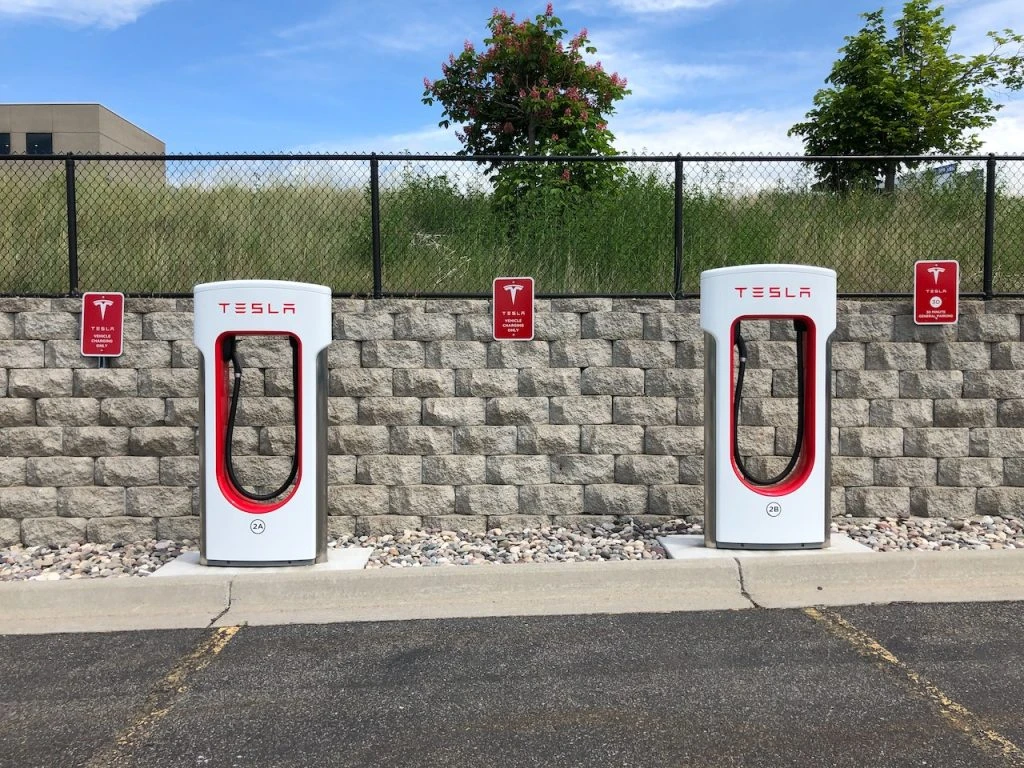EV Etiquette

I recently came across a news article about another publicity-related EV road trip in the USA, this time involving the US Energy Secretary. I won’t go into the full details of the road trip in this article (you can read it here ) but it seems as though Ms Granholm was guilty of some very, very bad manners. Specifically, the people in this road trip convoy encountered the same problem as the CEO of Ford USA in his Route 66 road trip, namely that there was a bit of a shortage of EV charging points. You may be scratching your head at this point, as you’ve probably seen a few of these stations cropping up all over the show – they seem to be in the carparks of every second big box store. However, you have to remember that although there seem like there are plenty of them and they’re easy to find, charging up takes a lot longer than filling up. If you come along to a petrol station and you find that all the bowsers are taken, you won’t have to wait more than a few minutes until one comes free and its your turn. However, in the case of an EV charging station, you’ll have to wait for the other person to finish charging (which could be more than half an hour) and then you’ve still got to charge your own vehicle. This can put a serious dent in your working day if you hadn’t planned for that extra time.
The very rude solution found by Granholm et al. was to send an ICE vehicle ahead of the convoy to park in the EV charging space to reserve it, and they got away with this, as that particular state didn’t have a law against ICE vehicles parking in EV charging spots. However, it put quite a few backs up, especially for one family that came along with a grumpy baby in their EV really, really needing to juice up so they could run the air conditioning. Not a good look at all.
Of course, this highlights a problem with the infrastructure that it’s beyond you or me to solve. If governments are serious about encouraging the uptake of EVs, then they’re going to need to do something about charging stations (and capacity for electricity generation, but that’s another story). Nevertheless, given that EVs are probably here to stay, what can you do to ensure that you don’t become one of those drivers who gives EVs a bad name? Here’s a list of my top tips:
- Factor in the possibility of other people using the charger when you plan your trip and calculate the time needed. You may not be able to guarantee a spot at the DC fast charger.
- If someone gets to the charger before you do, don’t throw a hissy fit. They’ve got as much right to it as you do. Definitely don’t do anything pushy, like sending someone ahead to stand (or park) in the spot you want, or start a fight (yes, this has actually happened).
- Think of public charging points as emergency top-ups. It’s not like the situation with ICE vehicles where you can only fill up at the garage. So charge at home (and at work) as much as you can. If you don’t have to use the public charger, don’t.
- If you have to go slowly because you’re running out of charge and the nearest charging station is still a few kilometres down the road (what my ICE-driving brothers refer to as the Nissan Leaf Limp), don’t hold up traffic behind you. Pull over to the side and let them pass.
- Never unplug someone else’s vehicle from the charger while its charging, even if that car is unattended. Some apps may allow you to unplug a fully charged car, but if you don’t know for certain, then don’t do it.
- Don’t just park in the charging point, even if you are driving an EV. They are charging points, not EV-only car parks.
- Some charging points have time limits. Respect these.
- If you’ve left your car to charge while you do a spot of shopping, keep an eye on progress via the appropriate app on your phone.
- Above all, remember that although you have an EV and you’re doing it to save the planet, this does not give you the right to be a jerk to people who drive ICEs (and they don’t have the right to be jerks to you, either). Be proud of your choice, sure, but don’t look down on other people – they might not be able to afford an EV, or an EV might not suit their workplace, or they might be country bumpkins for whom EVs don’t really work. So be a good EV ambassador.